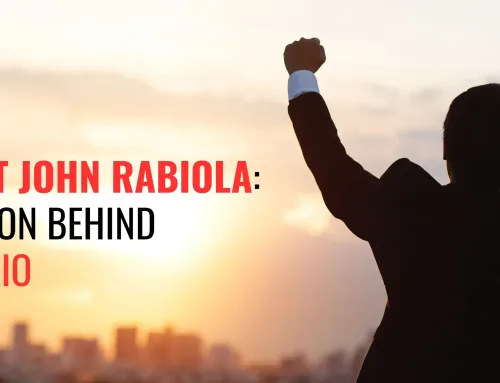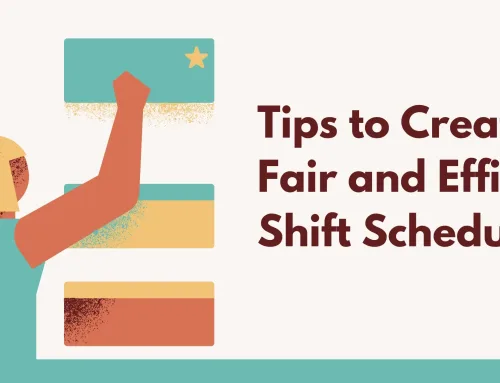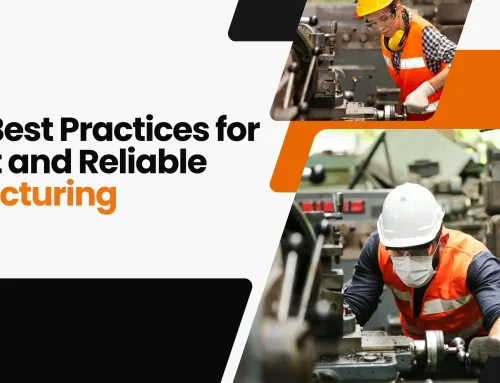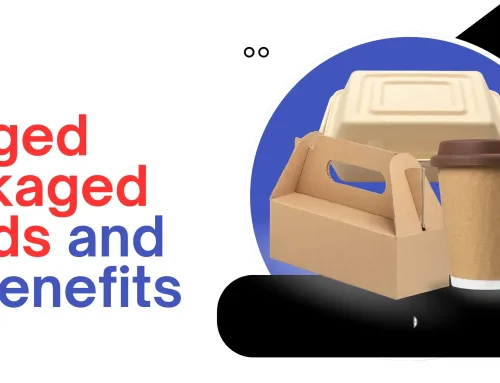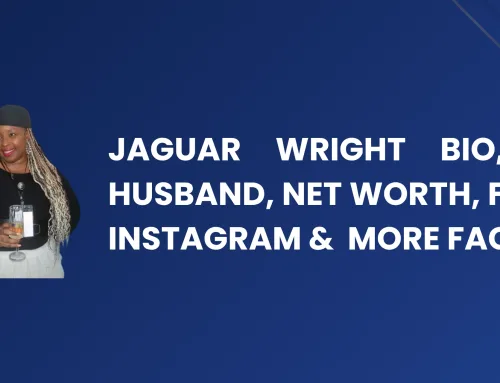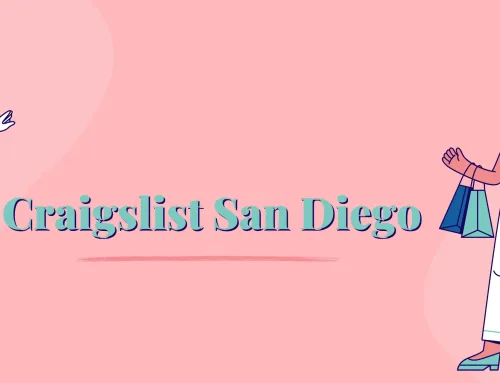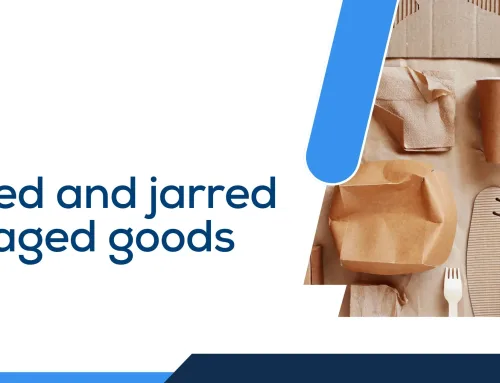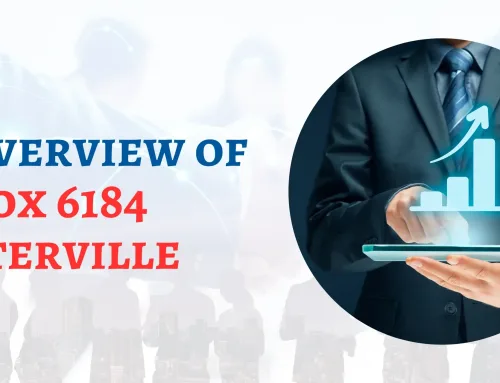Boxed Packaged Goods are products or items packed in different types of boxes. During the shipping of goods, boxed packaging keeps them well-protected.
Almost every seller or transportation company uses boxed packaging to safeguard fragile, delicate, and costly items such as consumer electronic goods, glass objects, wine bottles, or craft items.
If you are running an online store for any products, consider that boxes are the best for shipping your product safely to your customers.
Box packaging is also used for expensive and delicate products for bulk transportation.
It would be difficult for anyone to believe that boxed packaged goods have not been practiced for a few years. They have been used for over a hundred years, or maybe more than that.
There is no shortage of choices in the grocery store lanes, from cereals, and spices to canned soup and tomato sauce. Let’s dive into knowing more about the boxed packaging of goods and items.
Different types of Box packaging
Packaging is necessary for the protection of goods during transportation. At the same time, it plays a vital role in perceiving the brand’s value.
So many packaging solutions are present in the market depending on the need for the goods to be packed. But boxed packaged goods are everywhere because most are ultimately packed in boxes irrespective of their shape, size, and quantity.
Interestingly, box packaging is done in different types of boxes. So please have a look at them.
Read Also: Review of LucindasKitchen Spurtle Is it as effective as it claims?
1. Paperboard Boxes:
Paperboard boxes are manufactured from wood pulp. Also, they are made using recycled material. They are ideal for boxed packaged goods because one can easily mold them into any custom shape. These paperboard boxes are affordable and widely used as fast-food packaging and display boxes.
Advantages:
- Quite affordable
- One can use it for packaging a wide range of products
- Best packaging material
- Recyclable and sustainable material
- Easy to mold into different shapes and structures
Disadvantages:
- Not rigid and has Poor strength
- It might not withstand moisture and dust
2. Rigid Boxes:
Rigid boxes are made of highly compressed paperboard, four times thicker than a simple paperboard. Rigid boxes have an unbendable structure and are generally heavy and dense, making them the best fit for boxed packaged goods. In addition to all these qualities, they are immensely customizable and versatile. One can print on them, add a matte lamination or add AQ coating.
But when it comes to their cost, they are costly. So, one can only use it for premium products packaging like expensive and fragile gadgets, luxury items, etc.
Advantages:
- Excellent quality
- Strong, rigid, and durable
- Best for all products irrespective of size and shape
- Highly customizable
Disadvantages:
- High prices
- Requiring additional packaging to protect them adds more cost to the overall cost of boxed packaged goods.
- Generally, they cannot be folded, which increases the shipping cost.
Read Also: 7 Important Benefits of Private Brand Labeling
3. Corrugated Boxes:
Corrugated boxes are known as cardboard in general terms. These boxes are traditionally used for exporting cartons and retail packaging. Nevertheless, one can also use them for storing anything.
Cardboard is typically a multi-layered paper, and its uneven part is present between the outer and inner heavyweight papers. This irregular paper between two layers is responsible for the insulation, protection, and strength of the cardboard.
Corrugated boxes are generally produced using recycled paper. It makes them sustainable and convincingly inexpensive.
One can cut corrugated boxes and form cupboards in various sizes and shapes per the products’ shape and requirements. One can ideally use them to transport boxed packaged goods to the customers.
Advantages:
- Sustainable and recyclable
- Inexpensive
- It can be folded and cut into different safe sizes.
- It does not require any machinery for packaging.
- It can be used in packaging and storing any items
Disadvantages:
- If not completely secured, it is vulnerable to humidity and moisture
- It can seem expensive for multiple corrugated boards
- They do not have good looks and finish
4. Chipboard boxes:
Chipboard boxes come under paperboards and are made from repossessed paper. During the manufacturing process of chipboard boxes, reprocessed paper is compressed into chipboard and then glued with resin.
Chipboards are made from reprocessed and recycled materials, which makes them sustainable. One can easily change their shape as per the requirement of the product or the item.
They are inexpensive at the same time as being made of recycled paper. Chipboard boxes are available in different densities. Hence, it can be used in packaging lightweight products and heavy-duty items, depending on the thickness of the chipboard.
Advantages:
- You can use it for Multiple product packaging
- Inexpensive
- Made of reprocessed papers and can be further recycled
- Available in both heavy and lightweight densities
Disadvantages:
- Lacks the capability to withstand moisture, dust, or other contaminants
- Lightweight chipboard is usually very thin
5. Plastic boxes:
Though plastic packaging is considered harmful due to its environmental impacts, they are excellent packaging material for every type of boxed packaged goods. It is a perfect replacement for traditional packaging materials such as wood, glass, and even ceramic boxes.
One of the most considerable advantages of plastic boxes is that they are robust, durable, and can withstand dirt, moisture, or other contaminants. Additionally, they are available in different shapes and sizes. Plastics are highly durable, and some plastics are even recyclable if manufactured using the correct type of polymer.
Plastic boxes are available as water-resistant and airtight containers, making them valid for packaging food items that spill easily. Furthermore, most plastic boxes are highly affordable, making them an excellent choice for different types of boxed packaged goods and even for storing items.
Advantages:
- Lightweight
- Inexpensive
- Available as Waterproof, airtight containers.
- And durable
Disadvantages:
- Not suitable for the environment
- Lack of premium feel
- Not a fit for fragile goods
Best Tips for utilizing packaging design to increase sales
1. Make Your Boxed Packaged Goods See Unique
Making a packaging box seem special does not necessarily be cruel utilizing costly packaging materials. A few brands have gained a better result even with basic product packaging materials.
You only got to add a few packaging box printings, such as layers, textures, or stylish typography, to make interesting box packaging. A basic packaging design will be more effective in a visually astonishing market.
2. Know Your Target Audience
The product box design isn’t protecting the item.
Those excellent box packaging designers continuously consider customers’ needs and wants first.
Understanding your target audience is vital because it increases the probability of succeeding in a highly competitive market. It would be best to resonate together with your target audience, preferences, inspiration, and buying habits.
A buyer persona could be a must-have resource. Hubspot has numerous free resources for making your buyer persona, including tools, articles, and videos.
3. Create a Surprising Unboxing Experience
There’s nothing way better than activating emotional engagement. Suppose you’ll be able to make the unboxing experience of your boxed packaged goods like unboxing Apple products. In that case, many people will buy from you. The point is to provide your target audience with a pleasant and surprising hands-on experience.
4. Find Box Design Ideas
It isn’t simple to find incredible packaging ideas on your own. You’ll be able to try browsing image websites like Pinterest and Canva to find types of box motivation.
You should not overlook your existing customer and colleagues’ ideas. They know the product well, so they have more experience with the packaging options.
5. Utilize an Environmentally Friendly Plan to Upgrade Your Brand Image
Reused or recycled product packaging materials are incredible for brand image building or product promotion. More than 78% of people will select environmentally friendly brands.
If your product packaging encompasses a positive impact on the environment, you’ll be able to make great strides in the market.
Advantages of using box packaging:
- Unlike other packaging resources, Box packaging is quite versatile.
- Boxed packaged goods are less vulnerable to damage and provide safe shipping.
- Box packaging can be used for any goods irrespective of shape, size, weight, etc.
- Various options are available for different products in box packaging.
Conclusion:
A feature is that boxes packaging can combine more than one boxed packaged goods in a large box. And one can continue it further also. Box packaging can meet the packaging requirements of any industry and any goods.
